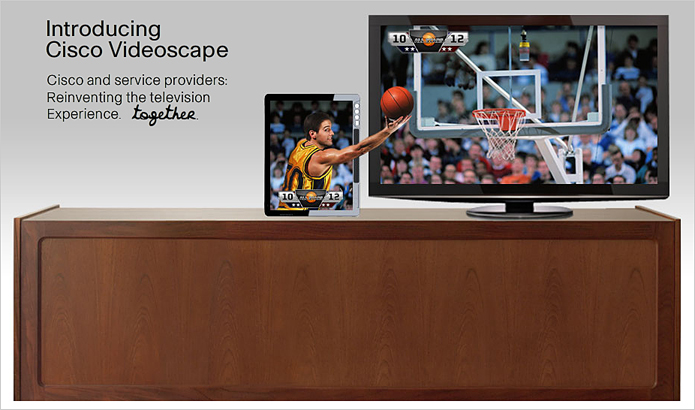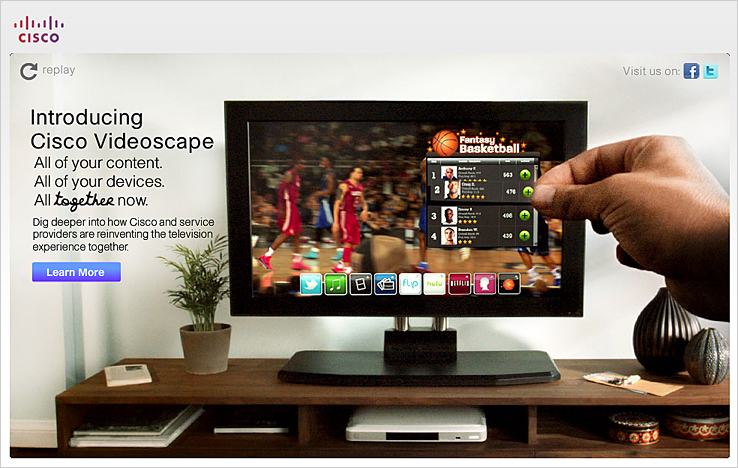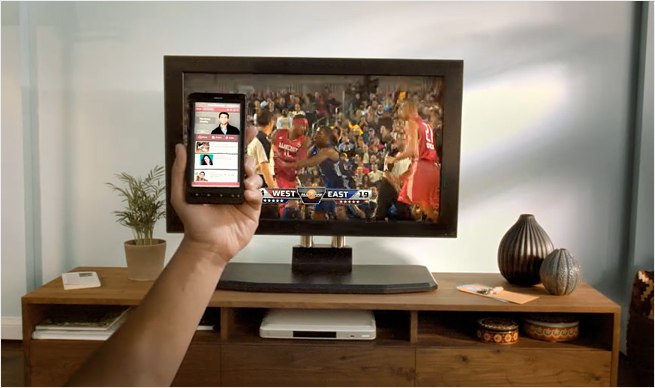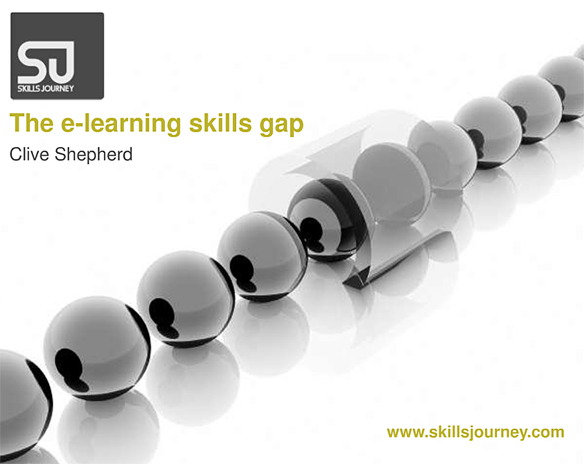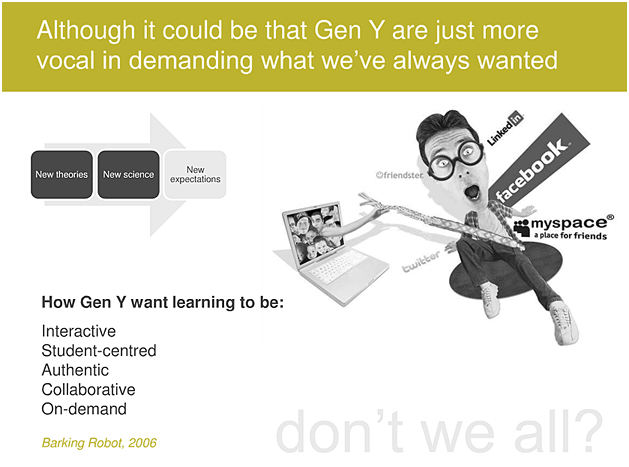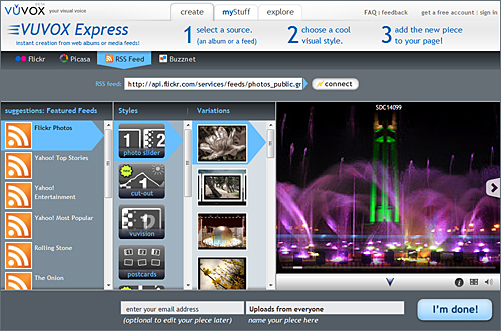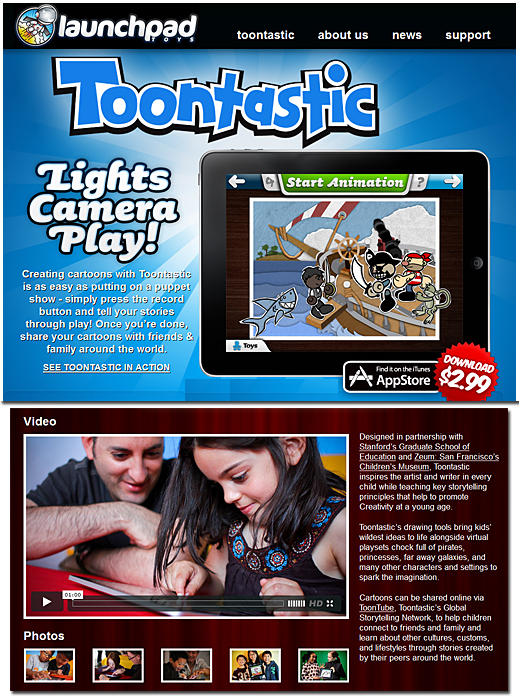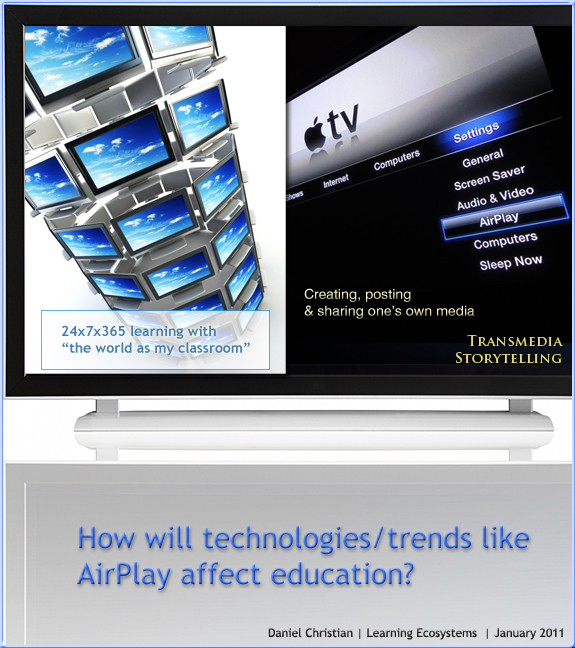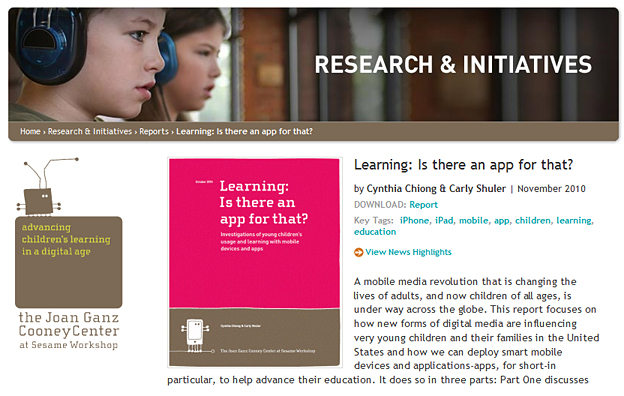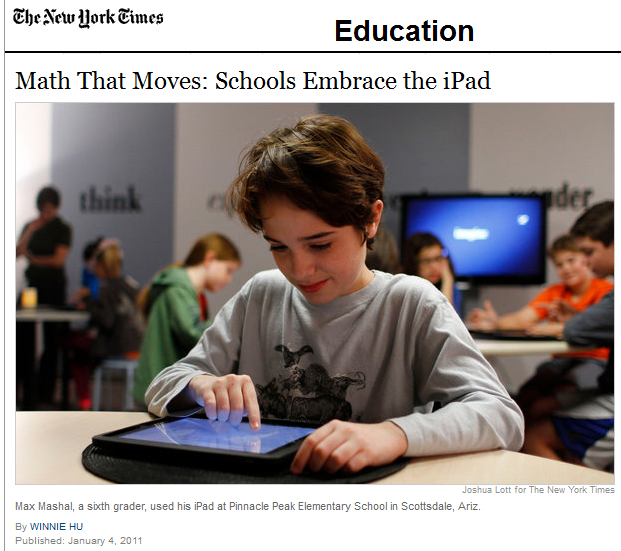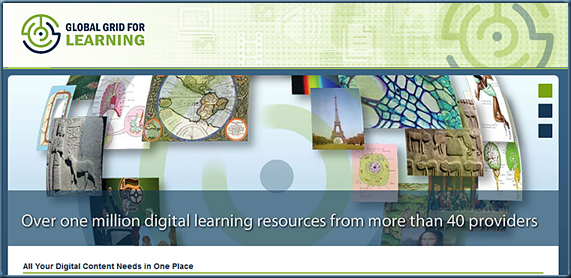FaceVsion’s TouchCam V1 does SkypeHD at 720p for $69.99 — from FaceVsion by Tim Stevens
Royalty Free Music and EmbedPlus — from The Thinking Stick by Jeff Utecht
Excerpt on EmbedPlus:
“You can set times in the video to skip to, you can slow the video down, and rewind. Some pretty cool extra features….and all for free.”
Vuvox: A tool for digital storytelling — from Instructional Design Fusions by Dianne Rees
Dianne mentions that Vuvox provides some helpful videos to get you started:
From DSC:
A global push continues to be evident in some of the things that Pearson has been up to in the last year:
- Pearson takes controlling stake in India’s TutorVista — from WSJ (1/11)
- Pearson acquires TutorVista: expands Pearson’s business in education in India and in global online tutoring — from Pearson (1/11)
- Pearson to offer degrees in the UK — from Pearson (12/2010)
- Pearson VUE opens Dubai office and appoints local Arabic-speaking team — from Pearson (11/2010)
- Pearson acquires The Administrative Assistants Ltd.; extends leadership in student information systems — from Pearson (11/2010)
- Pearson to open fifty new English language centres in China — from Pearson (11/2010)
- Pearson to acquire 75% stake in CTI Education Group, a leading higher education company in South Africa — from Pearson (11/2010)
- Pearson eCollege, National Academy Foundation partner to provide online teacher professional development — from Pearson (9/2010)
- Pearson to acquire America’s Choice: plans to extend reach of school improvement services — from Pearson (8/2010)
- Pearson to acquire Wall Street Institute: acquisition extends Pearson’s position as world leader in English language teaching — from Pearson (7/2010)
- Pearson raises earnings guidance — from Financial Times
- Pearson, the publishing group that owns Penguin books and the Financial Times, raised its full-year earnings forecasts for the third time in less than six months, thanks to strong growth in computer-based learning products and in the developing world.
Towards a new-digital learning ecosystem based on autonomic Web services — from IEEEXplore Digital Library (emphasis below from DSC)
Abstract
With the latest advances in information and communication technologies, learners can now engage in continuous and rich learning-sessions that characterize today’s digital learning ecosystems. In these ecosystems, learning resources are pervasive and dynamic. A key challenge is to develop a scalable learning system that addresses the inherent complexity of learning sessions and cater for the specific needs and requirements of individual learners. In this paper, we adopt autonomic Web services to capture disparate learning resources and build an autonomic digital learning ecosystem that reconfigures itself in response to changes in the environment such as learners’ profiles, resource availabilities, and type of instructional material. The use of autonomic Web services permits to abstract the learning resources into distributed and uniformly structured objects and to record learners’ attributes into a packaged profile. These Web services sense the learning context and coach learners in their pursuit of constructive instructional sessions. A service-oriented architecture is proposed to connect learning resources, learners’ profiles, and contextual indicators. A prototype is, also, illustrated in the paper to show the feasibility of the proposed solutions.
Also see:
Global Grid for Learning – 1 million-plus resources — from MJO
Hugh John checks out a BETT newbie, online service provider Global Grid for Learning
Global Grid for Learning (GGfL) aims to connect teachers and students at all stages in education to single sources of digital multimedia learning resources from multiple providers.












